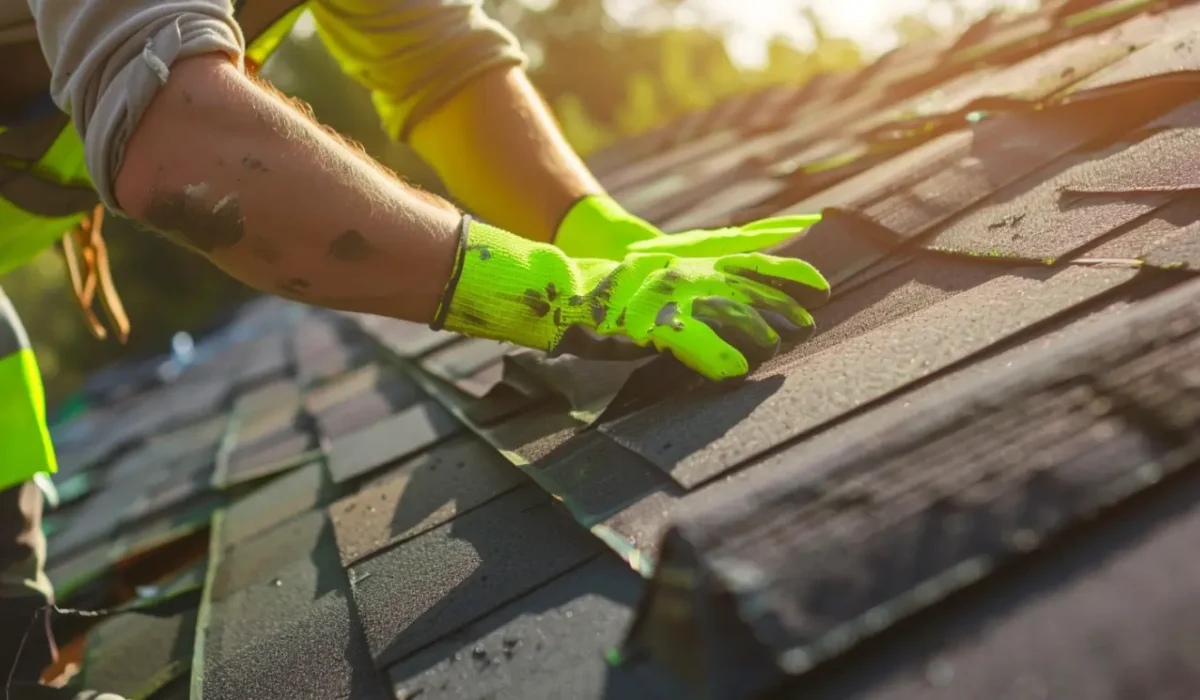Maintaining a roof can seem daunting, yet with the right preparation and procedures, it becomes manageable. At KangaRoof, we understand the significance of safety gear and precautions, which are vital to prevent injuries while addressing roofing needs in Keller, TX. Our team emphasizes the importance of regular inspections to help identify potential problems early on, subsequently extending the life of your roof. By being aware of hazards and utilizing essential tips, DIY maintenance turns into a safe endeavor with our guidance, ensuring not only your peace of mind but also the integrity of your home’s foundation.
Key Safety Precautions Before Starting DIY Roof Maintenance
Before initiating any DIY roof maintenance, conducting a comprehensive assessment of the roof’s stability is crucial. Understanding potential hazards, such as slippery conditions or the risk of falling debris, will enhance overall safety. Additionally, checking local weather conditions is essential to avoid working during high winds or severe storms. Ensuring proper ventilation in your workspace can help mitigate risks associated with high temperatures. Adhering to these safety precautions not only protects you but also extends the life of your roof.
Contact Us
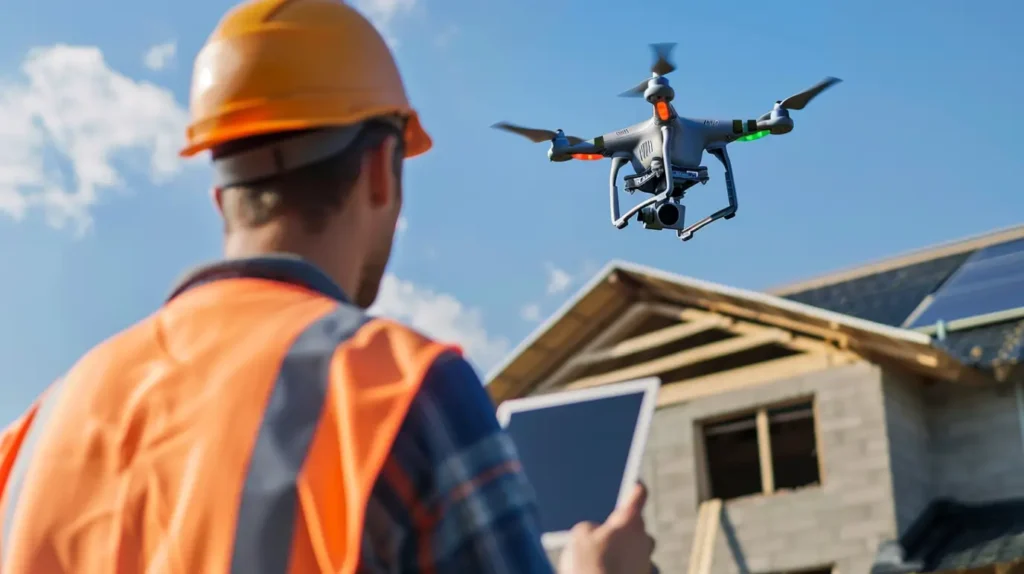
Assessing Roof Stability and Surrounding Hazards
Evaluating the roof’s stability is crucial to ensure a safe working environment. Inspect for any signs of structural damage or wear, focusing on roofing materials like asphalt shingles and areas where leaks may occur. Surrounding hazards, such as tree branches or power lines, require special attention to minimize risks. Before starting, it’s wise to assess weather conditions, as slippery surfaces can elevate the potential for accidents. Taking time to address these factors can significantly increase safety during your DIY roof work.
Checking Weather Conditions for Safe Work
Evaluating weather conditions is crucial before embarking on roof maintenance tasks. High winds or storms can drastically increase the risk of accidents, making it imperative to choose a calm, dry day for your work. Likewise, be wary of extreme temperatures that may lead to slippery surfaces, further complicating your safety efforts. Always consult a forecast to ensure a stable environment, allowing for adequate ventilation, and addressing potential hazards in your work area. This diligence provides peace of mind and promotes a safer DIY experience.
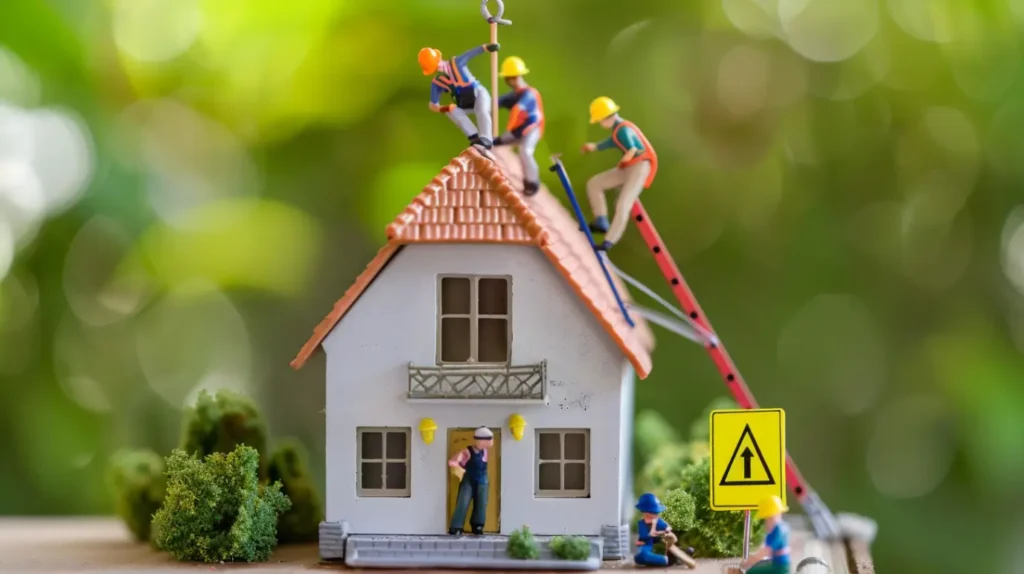
Essential Safety Gear for Roof Work
Proper safety gear is crucial for any roofing work, ensuring protection against potential hazards. A personal fall arrest system is vital, along with a sturdy safety harness to prevent serious injuries from falls. Additionally, safety goggles safeguard against debris, while non-slip footwear enhances grip on slippery surfaces. Investing in quality gloves provides hand protection from rough roofing materials. Having a first aid kit on hand offers peace of mind, ensuring quick assistance in case of accidents. Prioritizing these essentials can significantly mitigate risks.
Personal Protective Equipment for Homeowners
Ensuring safety during DIY roof maintenance relies heavily on the right protective gear. A safety harness acts as a personal fall arrest system, providing crucial support when working at heights. Safety goggles shield your eyes from debris, while sturdy footwear with good grip helps navigate slippery conditions. Additionally, gloves protect your hands from sharp materials. Prioritizing the selection of appropriate gear is essential for reducing the risk of serious injuries and can greatly enhance your overall confidence while working.
Recommended Tools for Secure DIY Maintenance
Equipping yourself with the right tools ensures a safer and more efficient roof maintenance experience. A sturdy ladder is essential for secure access, while a personal fall arrest system enhances safety at heights. Tools such as safety goggles protect against debris, and a first aid kit should always be on hand for emergencies. Utilizing a durable roofing hammer and proper measuring tools can facilitate necessary repairs, allowing you to tackle potential problems effectively and maintain the integrity of your roof.
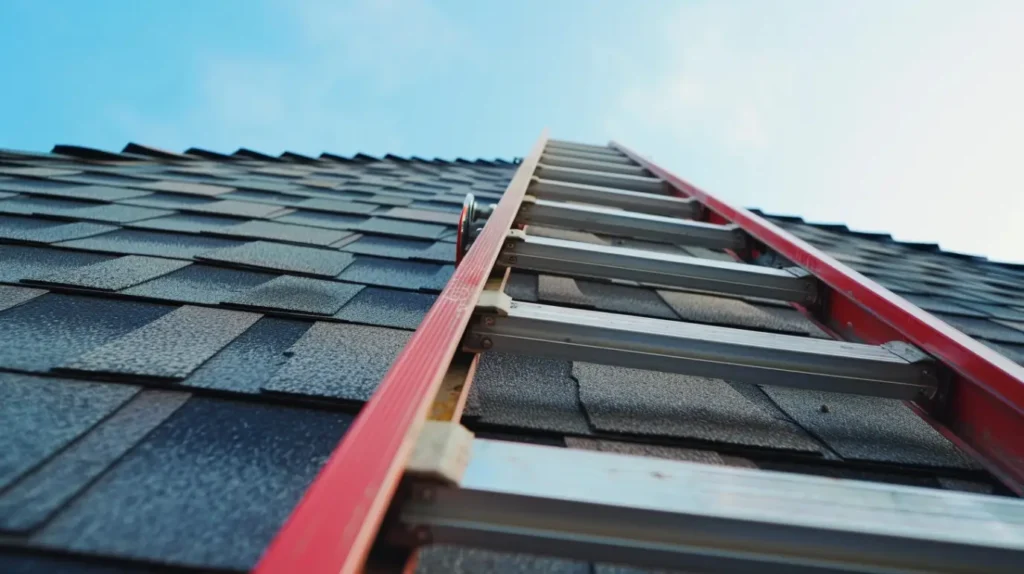
Ladder Safety: Setting Up and Securing Access
Establishing a secure ladder setup is paramount for any roof maintenance project. Begin by placing the ladder on stable ground, ensuring at least a 4:1 ratio for optimal angle—this reduces the risk of slips on slippery conditions. Utilize ladder stabilizers or levelers where necessary to enhance safety further. Always ensure you have adequate grip while climbing; consider a safety harness for added protection. Remember to keep potential hazards, such as power lines or loose tools, well within your safety check prior to ascending.
Stabilizing Ladders and Choosing the Right Placement
Ensuring a secure ladder setup is vital for minimizing the risk of accidents during roof maintenance. Position the ladder on stable, level ground, avoiding slippery conditions and potential hazards like power lines. Utilize a personal fall arrest system for added safety. The ladder should extend at least three feet above the roof edge, providing robust support when accessing the work area. Regularly inspect the ladder for any signs of damage, prioritizing both stability and safety during your roofing tasks.
Proper Techniques for Climbing and Descending
Focusing on stability and balance is crucial when navigating both vertical and horizontal surfaces. Always maintain three points of contact with the ladder, either using hands and feet or other safe grips. Slow, deliberate movements help prevent slips, especially on slippery conditions. Before descending, check for any potential hazards, such as loose roofing materials or overhanging branches. Equipping yourself with the right safety gear, like a safety harness, enhances safety and provides peace of mind during roofing tasks.
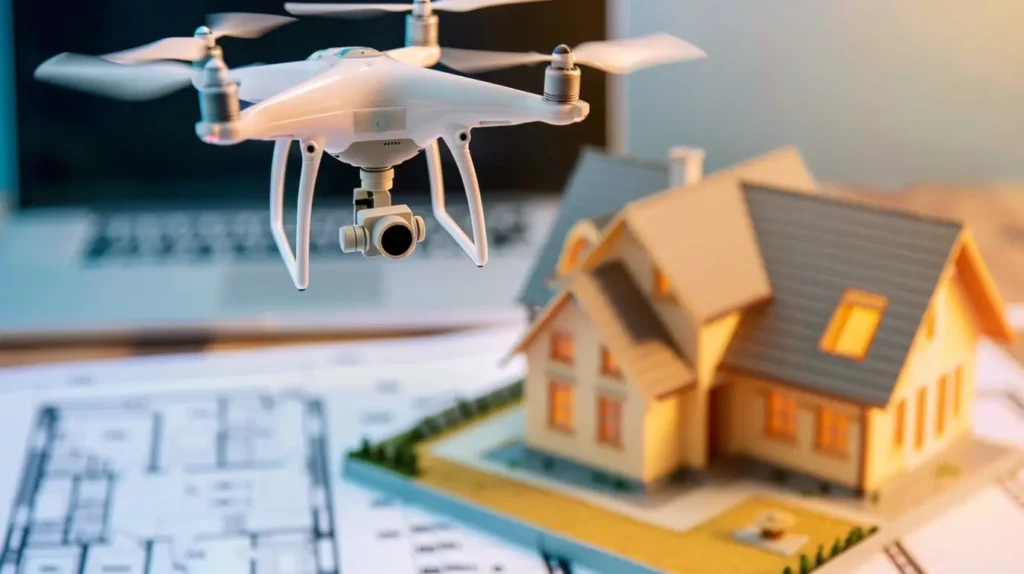
Safe Practices for Routine Roof Inspection and Cleaning
Inspecting and cleaning your roof requires attention to detail and safety measures. First, utilize a sturdy ladder and ensure it’s positioned on stable ground to minimize the risk of slips. Regular inspections can help identify potential problems, like algae growth or signs of leaks, before they lead to costly repairs. Always wear proper safety gear, including safety goggles and a safety harness, to protect against falls. Cleaning debris and leaves not only enhances curb appeal but also promotes the longevity of your roofing materials.
How to Spot Damage Without Risking a Fall
Prioritizing safety while inspecting your roof is essential. One effective method involves using binoculars from a secure vantage point. This allows you to identify signs of damage, such as worn shingles, algae growth, or water stains, without exposing yourself to risky positions. Always maintain awareness of your surroundings, particularly near the roof edge. If potential issues are identified, document them and consider consulting a professional roofer for necessary repairs, ensuring that both you and your home remain safe and in good condition.
Cleaning Debris, Leaves, and Gutters Safely
Ensuring the roof remains debris-free is paramount for avoiding water damage and preserving its life. While cleaning, wear appropriate personal protective equipment such as safety goggles and a sturdy harness, especially when navigating the roof edge. Utilize tools designed for gutter cleaning to reduce the risk of accidents from slippery conditions. Regular maintenance, including trimming overhanging branches, not only mitigates potential hazards but also enhances your home’s curb appeal. Adopting these essential tips guarantees a safer and more efficient roof maintenance routine.
In Summary
Completing DIY roof maintenance safely requires a combination of proper knowledge and the right safety gear. By adhering to essential tips such as utilizing a personal fall arrest system and performing regular inspections, homeowners can mitigate potential hazards. Our certificates, including OC Preferred, Emerald Premium Plus, and GAF Master Elite, indicate our commitment to quality and safety in roofing practices. Keeping roofing materials in good condition protects your home’s foundation and enhances curb appeal. For those uncertain of their skills, seeking expert assistance from a professional roofer ensures peace of mind and prevents costly repairs. Prioritize safety to prolong the life of your roof and protect your investment.
Frequently Asked Questions
What first aid measures should i know for minor roof injuries?
For minor roof injuries, keep a first aid kit handy. Clean wounds with soap and water, apply antiseptic, and cover with sterile bandages. If bleeding occurs, elevate the injury and apply pressure until it stops. Always seek medical attention for severe injuries.
What maintenance is required for a roof?
Regular roof maintenance includes inspecting for damage, cleaning gutters, and removing debris. Ensure proper sealing and waterproofing, check flashing around chimneys and vents, and replace damaged shingles. Conduct inspections at least twice a year to prevent costly repairs while ensuring safety during the process.
Read our blog: How Roof Color Affects Energy Bills and Curb Appeal
